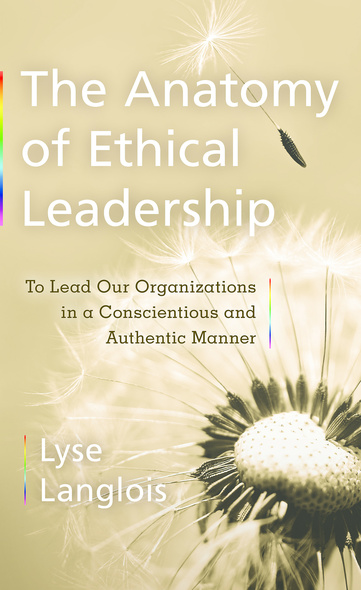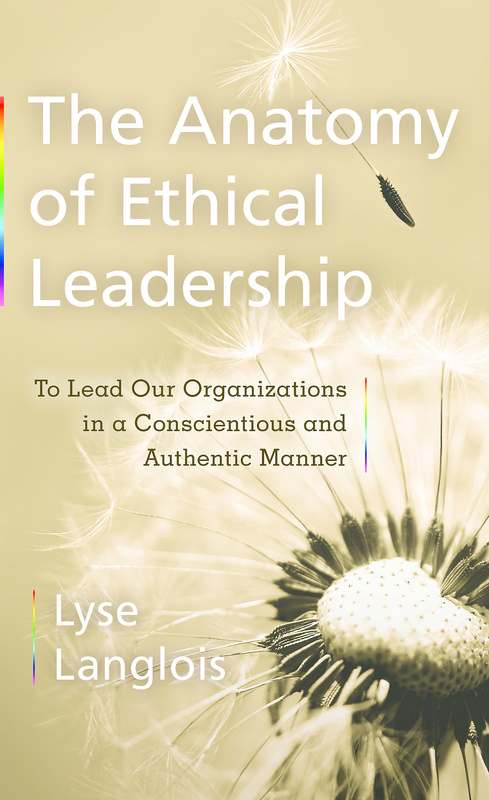Our shopping cart is currently down. To place an order, please contact our distributor, UTP Distribution, directly at utpbooks@utpress.utoronto.ca.
The Anatomy of Ethical Leadership
To Lead Our Organizations in a Conscientious and Authentic Manner
and a competitive work environment: these are the ethical factors
discussed in The Anatomy of Ethical Leadership, which
highlights issues in workplace culture while looking into a brighter
future for labour ethics. Dr. Lyse Langlois maintains that an enhanced
awareness of the process of ethical decision making in difficult
situations will lead to the establishment of practices that encourage
productive relationships between co-workers. Will the twenty-first
century be marked as an era leading to a healthier work environment?
The Anatomy of Ethical Leadership aims to serve those in human
resource management and those concerned with practical work ethic.
The Anatomy of Ethical Leadership aims to serve those in humanresource management and those concerned with practical work ethic.
Foreword by Robert J. Starrett
Preface and Acknowledgements
Introduction
Chapter 1 Modernity
An Instrumental Rationality
Paradigm Shift: Towards Postmodernity
In Search of an Authentic Rationality
Ethical Demands
Chapter 2 Ethical Leadership: The Anglo-Saxon Understanding
The Concept of Ethics
Ethical Leadership
Nurturing New Social Relationships
The Concept of Human Nature
Decision Making in the Exercise of Leadership
Models of Ethical Decision Making
Chapter 3 The TERA Model: Towards an Ethical, Authentic, and ResponsibleTrajectory
Three Fundamental Ethics: Critique, Justice, and Care
The TERA Process: Knowledge—Volition—Action
A Challenging but Necessary Interdependence
A Rising Level of Confidence
Towards Responsible Leadership
An Ethical Culture
Conclusion
Appendix: A Guide to Developing a Multidimensional EthicalConscience
Bibliography




